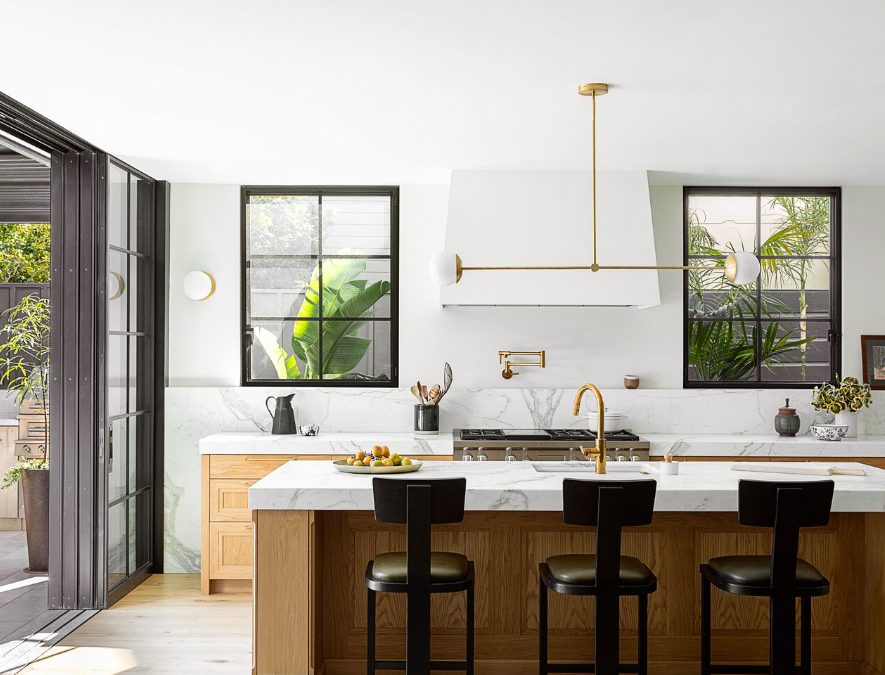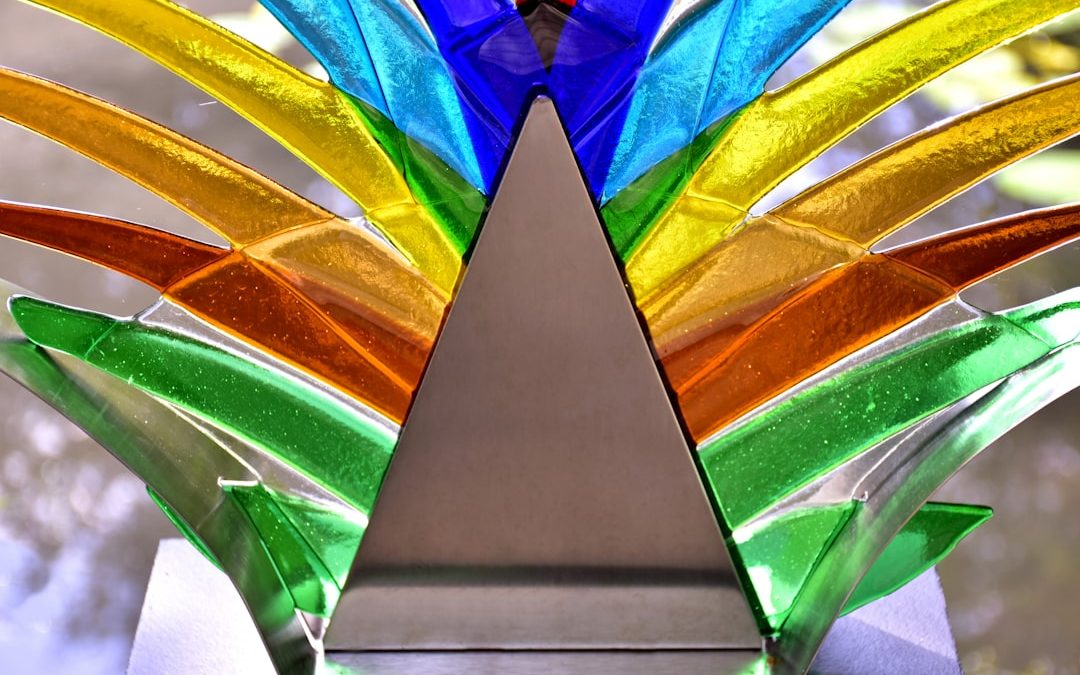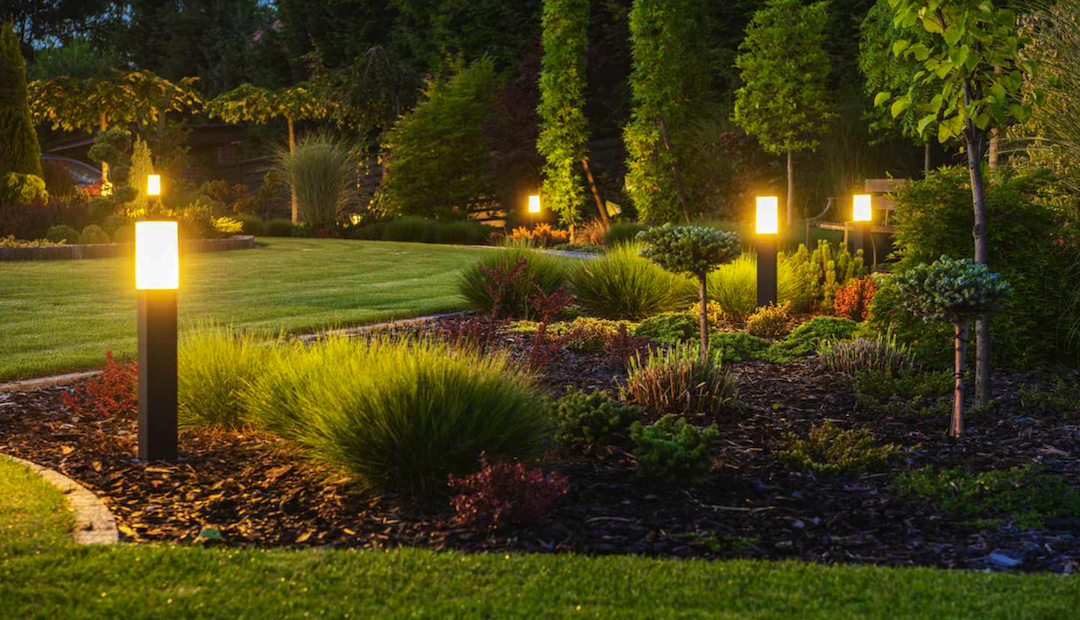
Glass Light and Special Structures: A New Era of Architectural Design
Introduction
In recent years, the use of glass as a building material has become increasingly popular. Much of this popularity can be attributed to advancements in technology, which have led to the development of new types of glass that are stronger, more durable, and more versatile than ever before. Additionally, architects and designers are beginning to realize the aesthetic potential of glass, particularly when it is used in conjunction with other materials to create unique and visually striking structures.
The Benefits of Glass
One of the most appealing aspects of glass as a building material is its transparency. Unlike other materials, which can obscure views and block natural light, glass allows for unobstructed views and allows natural light to penetrate deep into a space. This creates a feeling of openness and reduces the need for artificial lighting, which can save energy and reduce costs. Furthermore, because glass is recyclable, it is an environmentally sustainable material.
Types of Glass
There are many different types of glass that can be used in construction. Some of the most common include:
- Float glass: This is the most basic type of glass, made by floating molten glass over molten tin. It is uniform in thickness and has good optical clarity.
- Tempered glass: This type of glass is heat-treated to improve its strength and safety. When it breaks, it shatters into small, rounded pieces rather than sharp shards.
- Laminated glass: This is made by sandwiching a layer of plastic between two or more layers of glass. It is stronger and safer than other types of glass, as the plastic layer holds the broken pieces together.
Special Structures
The use of glass in construction has led to the creation of many unique and visually striking structures. Some notable examples include:
- The Louvre Pyramid in Paris, France: This pyramid-shaped structure is made entirely of glass and metal and serves as the entrance to the Louvre Museum.
- The Apple Store on 5th Avenue in New York, USA: This glass cube sits atop a retaining wall and allows visitors to see into the store below.
- The Crystal in London, England: This structure is made entirely of glass and serves as the main entrance to the Victoria and Albert Museum.
The Future of Glass in Architecture
As technology continues to advance, we can expect to see even more innovative uses of glass in architecture. For example, researchers are currently developing “smart glass” that can change its opacity in response to changes in light, temperature, or voltage. This will allow buildings to adapt to their environment and reduce energy consumption. Additionally, 3D printing technology is beginning to be used to create complex glass shapes that would have been impossible to produce using traditional methods.



